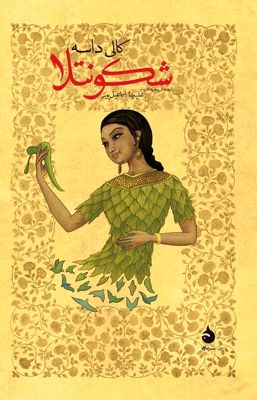Translated by the Alireza Esmaeilpur, the book has been published by the Mahi publishing house in Tehran.
Taken from legend, the work tells of the seduction of the nymph Shakuntala by King Dushyanta, his rejection of the girl and his child, and their subsequent reunion in heaven.
The child that is born is Bharata, the eponymous ancestor of the Indian nation (Bharatavarsha, “Subcontinent of Bharata”).
Kalidasa remakes the story into a love idyll whose characters represent a pristine aristocratic ideal: the girl, sentimental, selfless, alive to little but the delicacies of nature, and the king, first servant of the dharma (religious and social law and duties), protector of the social order, resolute hero, yet tender and suffering agonies over his lost love.
The plot and characters are made believable by a change Kalidasa introduces: Dushyanta is not responsible for the lovers’ separation; he acts only under a delusion caused by a sage’s curse.
As in all of Kalidasa’s works, the beauty of nature is depicted with an inimitable elegance of metaphor.
It is one of the few classical Sanskrit plays that have been adapted to the silver screen in India and of them, the most adapted.
Source:Tehran Times

